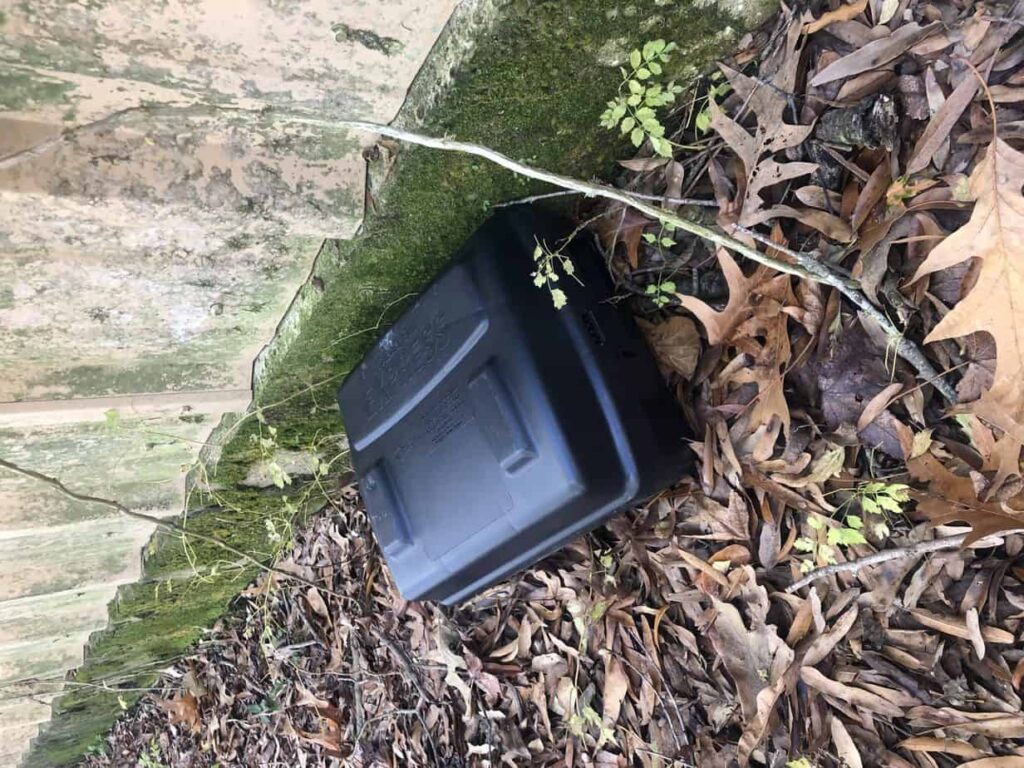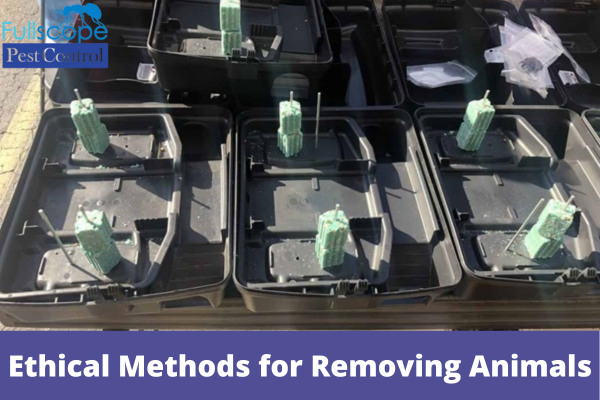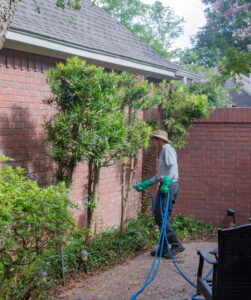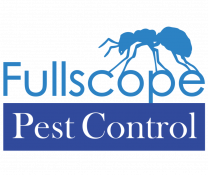As our world grapples with habitat loss, climate change, and human-wildlife conflicts, the safe removal of animals has become increasingly important and challenging. Balancing wildlife conservation needs with ethical considerations and humane treatment is essential. This blog will explore ethical methods for professional wildlife removal from various situations while prioritizing their welfare and well-being.

Habitat Relocation
Habitat relocation is often used when animals find themselves in urban or populated areas where their presence poses a risk to humans and animals. This approach involves carefully capturing and transporting animals to a more suitable habitat. However, it’s essential to consider several ethical aspects:
Thorough Assessment
Before any removal is considered, conducting a thorough assessment is crucial to determine if relocation is necessary. Sometimes, altering the local environment to reduce conflict might be a better solution.
Minimize Stress
Animals can experience significant stress during capture and transportation. To minimize stress, we should make capture methods as non-invasive as possible and ensure that animals receive appropriate care during transit.
Reintroduction
When opting for relocation, it becomes imperative to guarantee that the animals are reintroduced into an appropriate habitat with minimal disturbance to their natural behaviors.
Wildlife Rehabilitation
Wildlife rehabilitation centers are crucial in caring for injured, orphaned, or distressed animals. Ethical considerations in wildlife rehabilitation include:
Non-Interference Principle
Wildlife rehabilitators adhere to a non-interference principle whenever possible, meaning they intervene only when necessary. For example, young animals found alone might not need rescue as their parents are often nearby.
Skilled Care
Professionals at rehabilitation centers must undergo training to provide proper care. This includes administering appropriate diets, offering medical attention, and implementing behavioral enrichment measures.
Release into the Wild
Wildlife rehabilitation aims to return animals to their natural habitat when they can live.
Humane Trapping and Removal
Using humane trapping methods is crucial when removing animals due to human-wildlife conflicts. Ethical considerations in trapping and removal include:
Selective Trapping
Traps should be selective to target specific problem animals while avoiding unintended captures of non-target species.
Monitoring and Timely Release
Regular monitoring is necessary for trapped animals to ensure their well-being, and they should be released promptly once the issue is resolved.
Euthanasia as a Last Resort
Consider euthanasia as a last resort, only after exhausting all other options and determining it to be the most humane choice for the animal.
Public Education and Awareness
Educating the public about coexisting with wildlife and ethical animal removal methods is vital. Communities can take proactive steps to prevent conflicts and minimize the need for removal by:
Implementing Wildlife-Friendly Practices
Encouraging practices like secure trash disposal, proper pet management, and habitat conservation can reduce the likelihood of conflicts.
Promoting Tolerance
Educating people about the importance of coexisting with wildlife and appreciating animals’ ecological roles can foster greater tolerance and understanding.
Conclusion
In a world where the delicate balance between humans and wildlife is more crucial than ever, ethical methods for safely removing animals are not just a necessity but a responsibility. At Fullscope Pest Control, we’ve made it our mission to lead the way in professional wildlife removal that prioritizes the welfare of animals and the well-being of our communities. Contact us today, and let’s work towards a better future for all.






